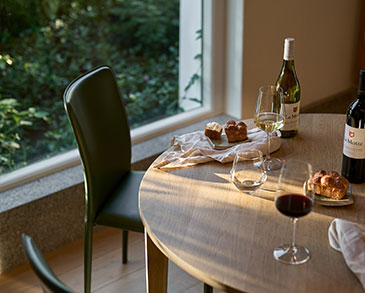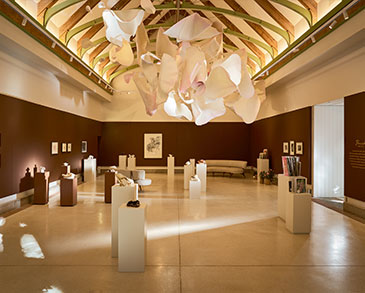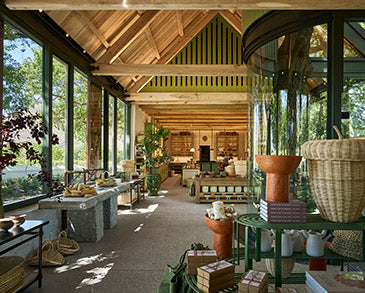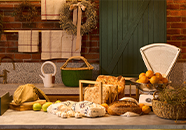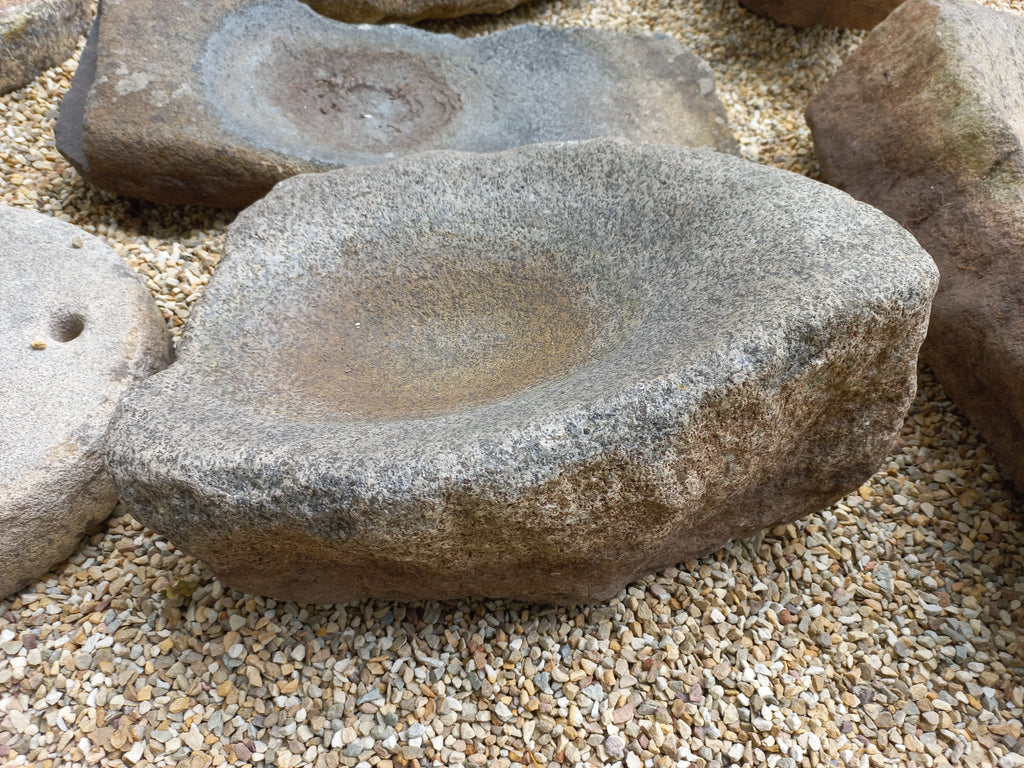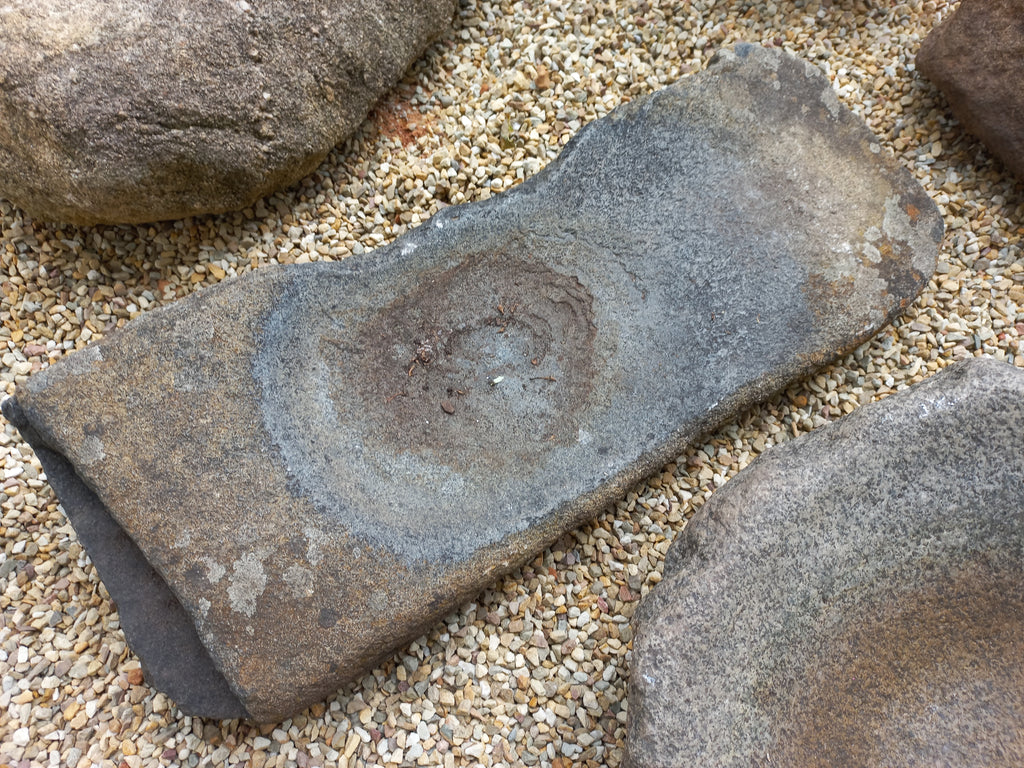Non-rotating hand mills
Hand mills can be classified as non-rotating and rotating. The former includes pestles and mortars, grain rubbers or mullers, and saddle-querns.
Pestles and mortars
The first nations of southern Africa used pestles and pestle-mullers for pounding and grinding seeds and roots, snuff and ochres. In some local cultures, pestles and mortars are still used today. One can distinguish between the end pestle-mullers and circular and oval pebbles that were used with a distinct backward and forward motion, which produced a convex rubbing face. Preferred grinding surfaces varied. Some consisted of mortars hollowed out of a boulder, often used by Lesotho women, and pestles made of large slabs of dolerite which would have required two hands to lift them. Xhosa women more often used wooden pestles and moveable stone mortars. Mortars were sometimes also carved from tree trunks, which would slope to a well-defined base. This type of mortar was used by communities in Botswana, Swaziland and the northern parts of South Africa. In some instances, the pestle was a stout pole about a metre long, rounded and the ends and waisted in the middle, or with a knob.
Grain rubbers or mullers
The development of a type of mortar suited to grinding rather than pounding was affected by making the mortar wider and shallower, like a saucer, whilse the pestle became stockier, so that it could be held in one hand and swept around or pushed backwards and forwards. Such hand mills were used in Egypt before 5 000 BC, and the introduction of these grain rubbers is thought to have been concurrent with the cultivation of cereals. The earliest African tribes to settle in South Africa had grain rubbers identical to those found in Egypt and Neolithic Europe (as found on many sites in the then Orange Free State and southern Transvaal that were identified as belonging to early Black settlers who came down from the north into southern Africa). This development may be linked to the change from food-gathering to a more agricultural economy in South Africa.
Saddle-querns
Gradually, the upper quernstone became larger and was consequently pushed forwards and pulled backwards. The saddle quern appears in Mesopotamian and Egyptian references and is mentioned in Exodus. Saddle-querns found in South Africa today are similar to Egyptian references from more than 4 000 years ago. The upper quernstone side for grinding is a heavy dolerite slab, with an upper face either flat or slightly convex, and a lower grinding face which is almost flat or slightly rounded when new. Through constant use and pecking to roughen the finding face, it assumes a convex shape. The lower quernstone is also made of dolerite and is larger, and the grinding surface is a well-defined concavity, pecked out with a quern pecker. The woman who is grinding kneels behind the quern and feeds grain into the stone. This she grinds by pushing it over the lower edge of the quern into a loosely woven reed mat placed on the ground at the foot of the quern. The rubbing face of the saddle-quern is steeper in the front than in the rear, and the slight right movement down the stone resulted in a minor angle of the convex rubbing stone as well as on the long axis of the rubber itself.


